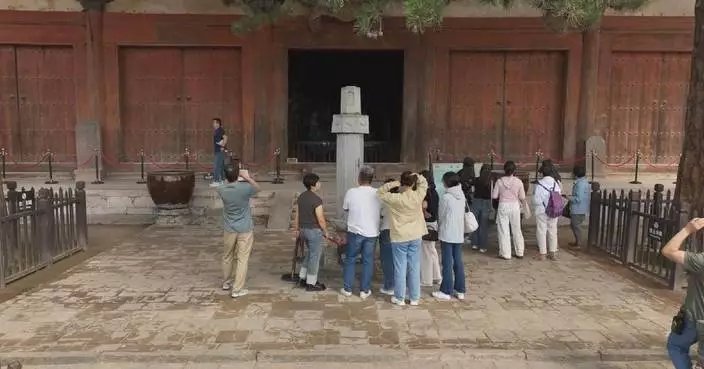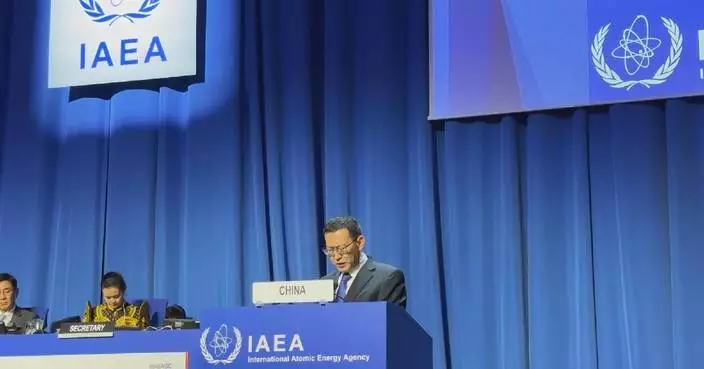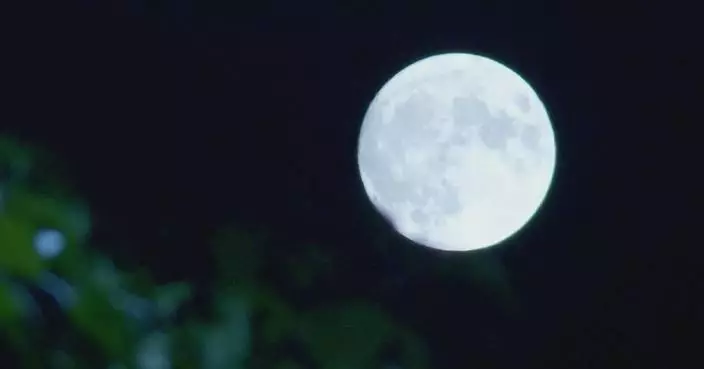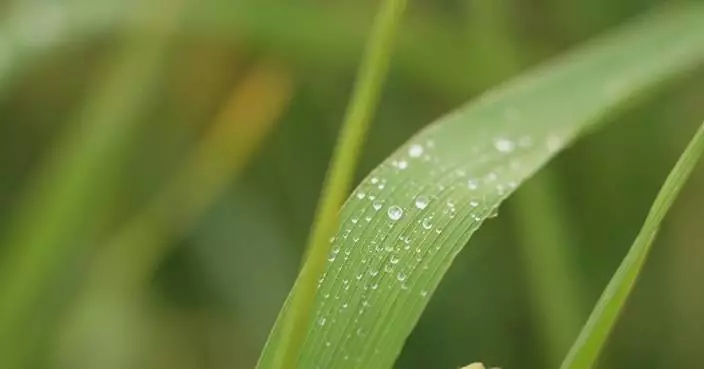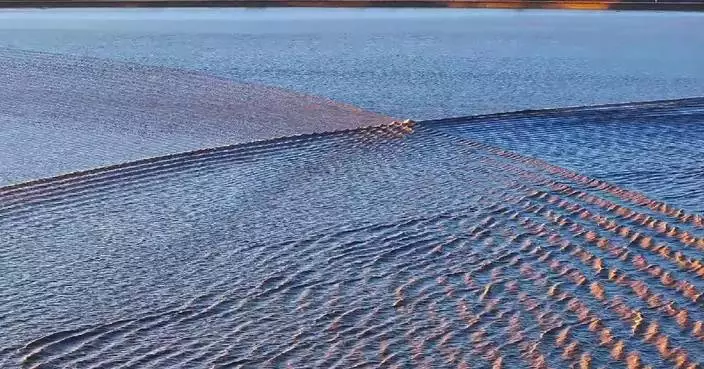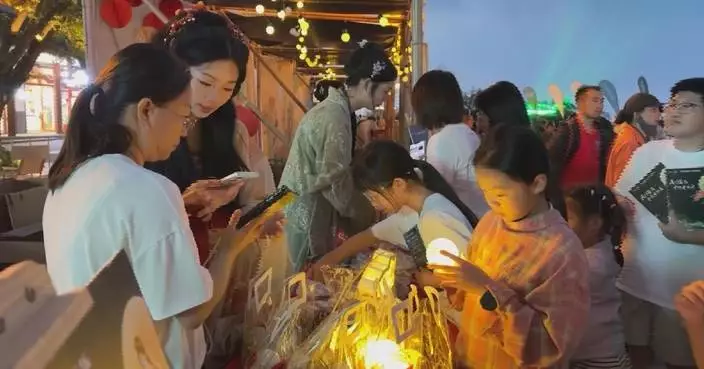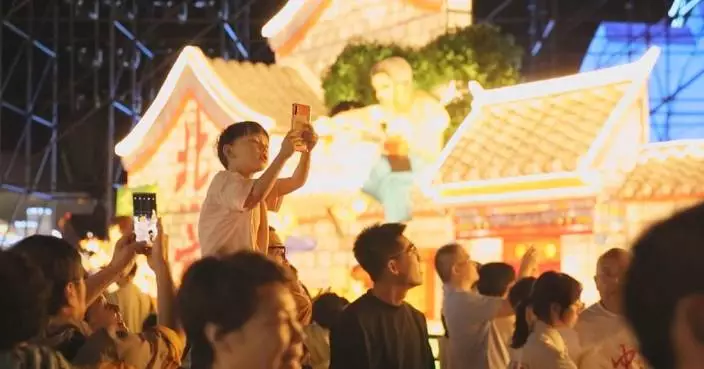Wang Yi, director of China's Office of the Central Commission for Foreign Affairs, attended the 14th meeting of the BRICS high-ranking officials responsible for security matters and national security advisors in the Russian city of St. Petersburg on Wednesday.
The two-day meeting focuses on in-depth exchanges on global security threats, counterterrorism, cybersecurity, global governance and other topics.
Wang, also a member of the Political Bureau of the Communist Party of China Central Committee, called for maximizing the strategic significance and political effects of the "greater BRICS" to voice a clearer and more consistent BRICS message in the global governance system.
Wang said that the meeting of the BRICS high-ranking officials responsible for security matters and national security advisors is the core mechanism of BRICS political and security cooperation. He called for fully utilizing this mechanism to enhance strategic coordination, take into account each other's core interests and major concerns, and steer the international system towards a more just and equitable direction.
Participants of the meeting agreed that, in the face of many global security challenges, BRICS countries should continue to collaborate closely with like-minded partners, oppose unilateralism, build a multipolar world, and uphold an international order based on international law, so as to contribute to safeguarding justice and fairness and promoting peace and security.
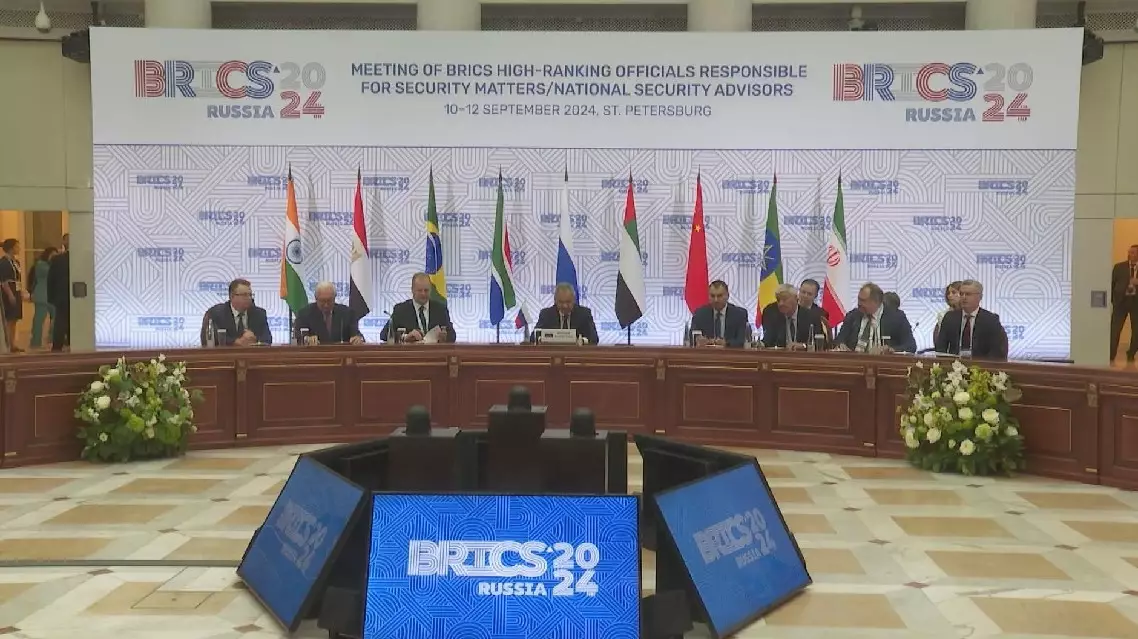
Wang Yi attends BRICS meeting of high-ranking security officials, advisors
Environmental simulation and digital replication are among the new technologies now employed to protect the Dunhuang Mogao Grottoes, a 1,600-year-old UNESCO World Heritage site located in the Gobi Desert in Dunhuang City, northwest China's Gansu Province.
Researchers for decades have tried to find ways to protect the cultural heritage site, home to a vast collection of Buddhist artworks carved into the cliffs, from damage caused by natural or human factors.
A multi-field coupling lab on murals and ancient ruins protection under the Dunhuang Academy, the first of its kind in China to be employed in cultural relics preservation, was put into use by the end of 2020.
Located in the city of Dunhuang, the lab covers an area of 16,000 square meters. It is able to simulate the four seasons and the erosion by wind, rain and snow that the earthen relics could experience in a natural environment. It can also simulate temperatures ranging from minus 30 to 60 degrees Celsius and relative humidity ranging from 10 to 90 percent.
"In the 'summer house', we can simulate the environment in the southern region which is hot and humid. We can also simulate a dry environment with a temperature of over 40 degrees Celsius. [The temperatures and lighting] have impacts on the heritage sites," said Liu Xiaoying, a research fellow at the Multi-field Coupling Environmental Lab of Immovable Heritage under the academy.
Researchers at the lab not only study the local soil, but have also brought samples from heritage sites in other areas such as the northwestern city of Xi'an and Sichuan Province in southwest China to the lab.
The academy has been working with academic institutions including the University of Oxford and China's Northwest University in an international synchronous field trial.
With a controlled environment to its merit, the lab will play an important role in cultural heritage protection across the country, according to the academy.
"The time and conditions are controllable and the data is precise. We can also test samples with a larger size - which can better protect the immovable cultural heritage," Liu said.
Dunhuang Academy is now also using digital technology to record all the paintings and sculptures in the Dunhuang Mogao Grottoes in order to permanently preserve the relics in the database.
The Dunhuang Academy started its digitization project in the 1990s to create digital versions of the Mogao Grottoes and other grotto temples and has accumulated massive digital cultural resources.
With digital technology, murals, grottoes, painted sculptures and other splendid cultural heritage items have been reproduced and thus are able to be shared with the world.
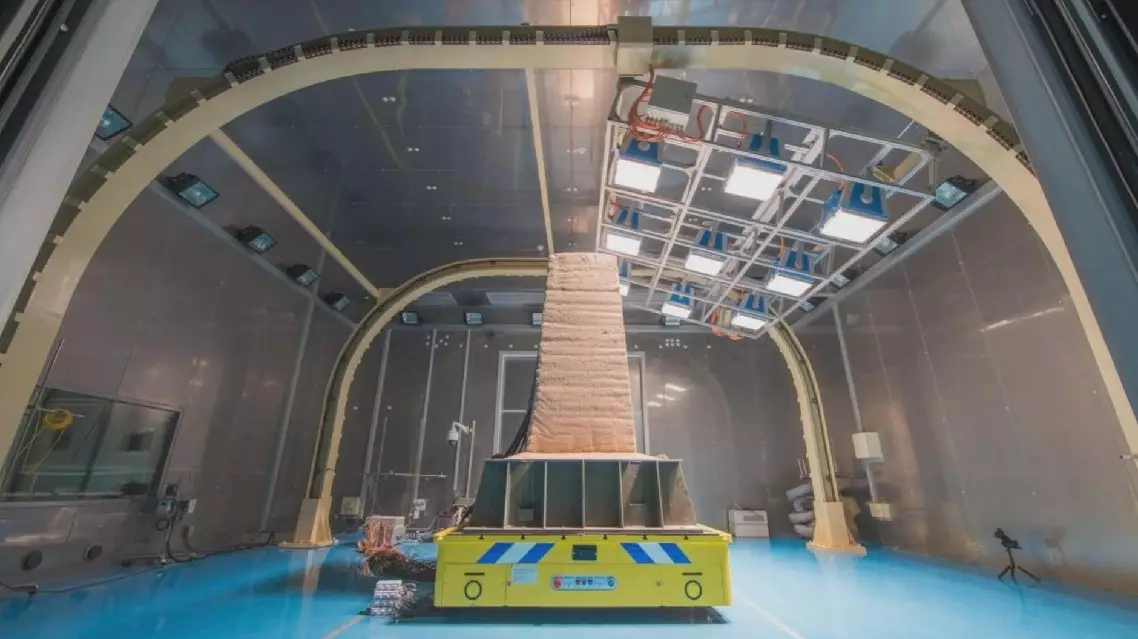
New technologies protect ancient Buddhist artwork in Dunhuang caves, cliffs




